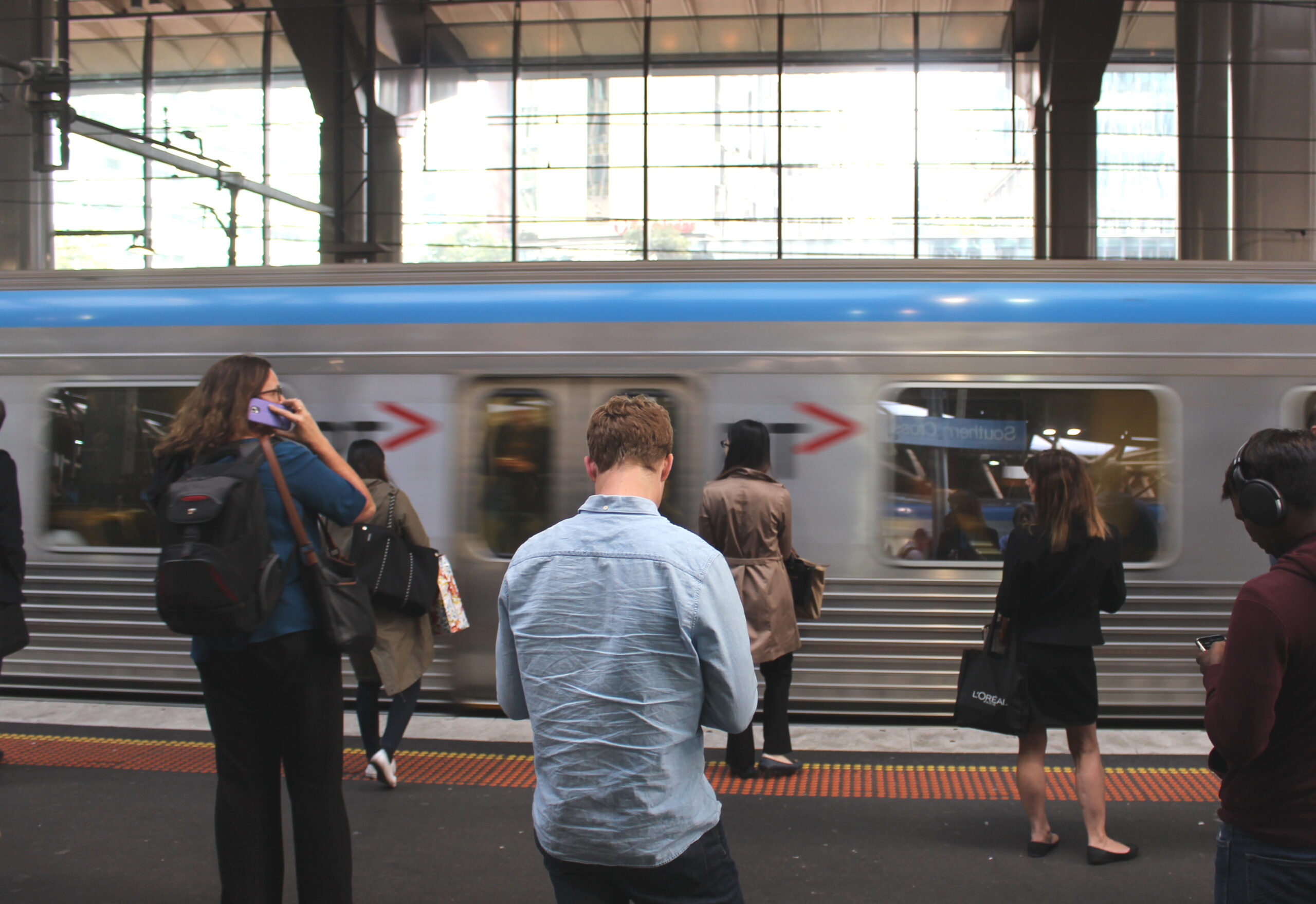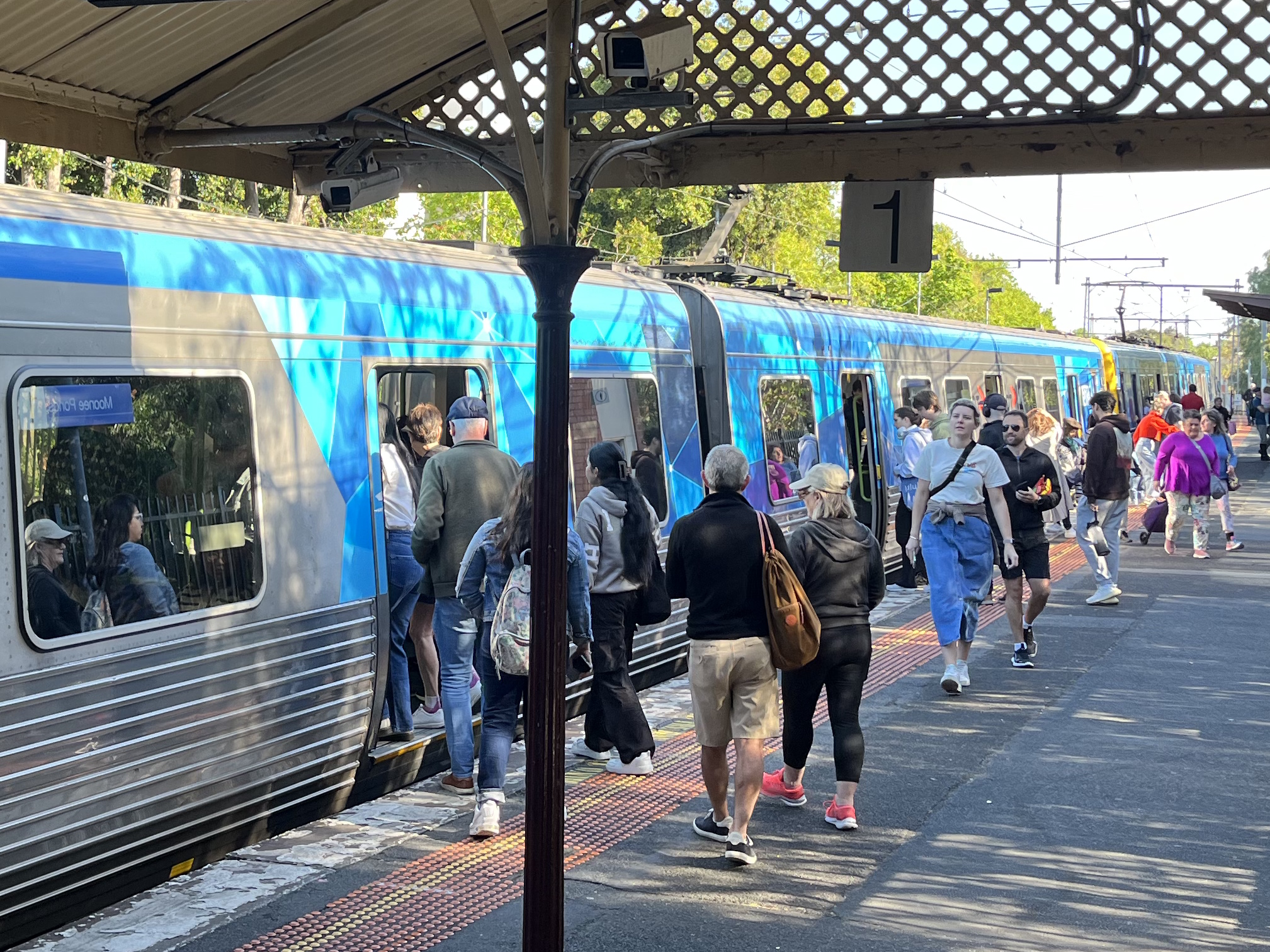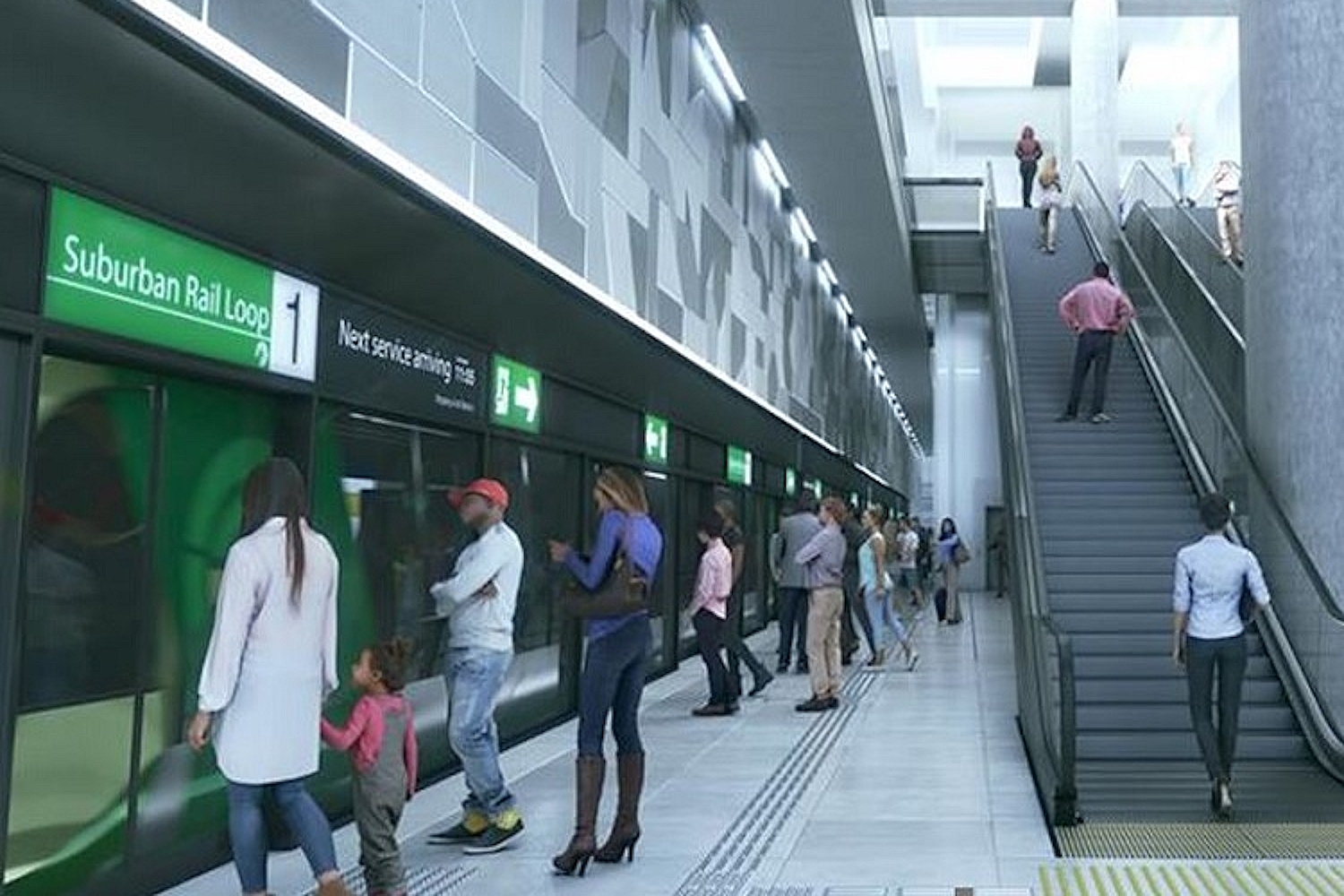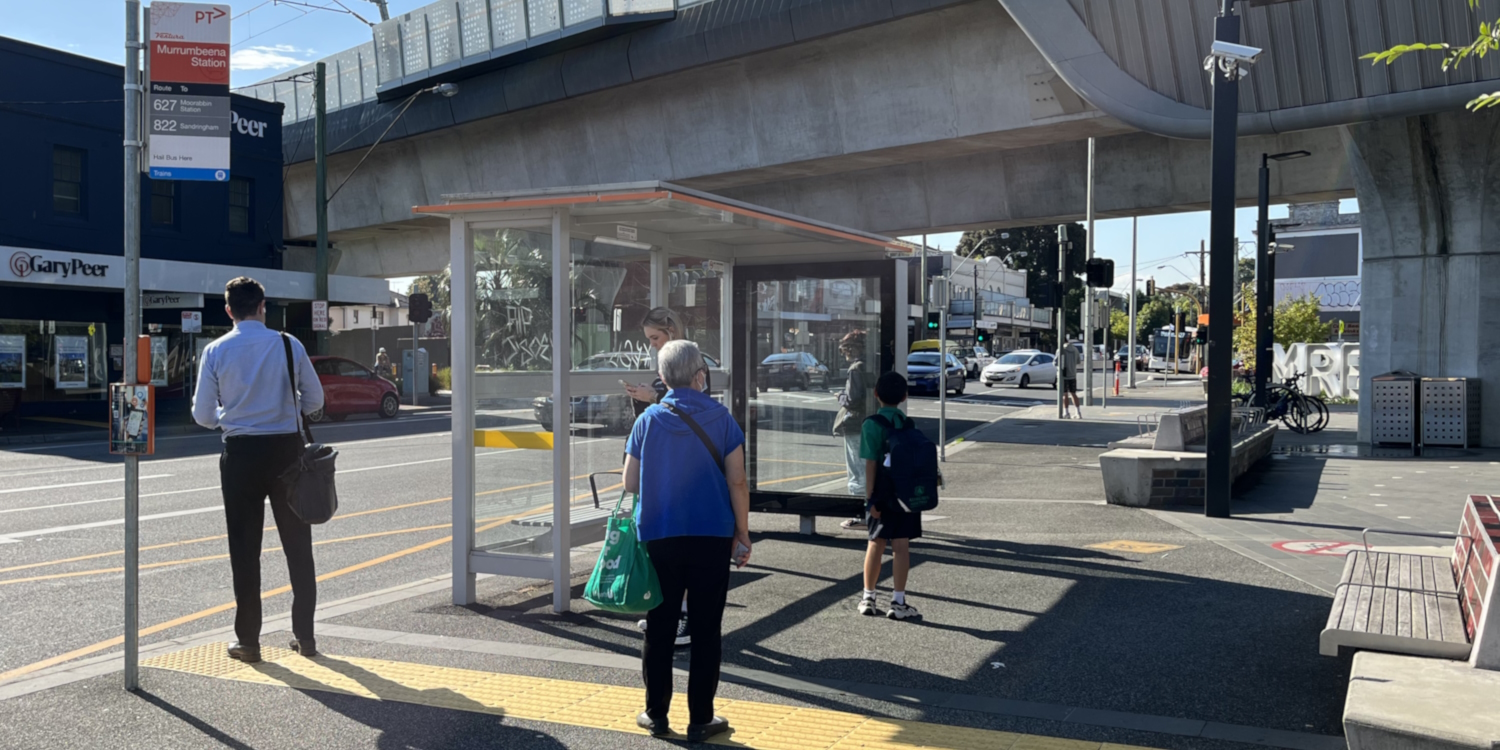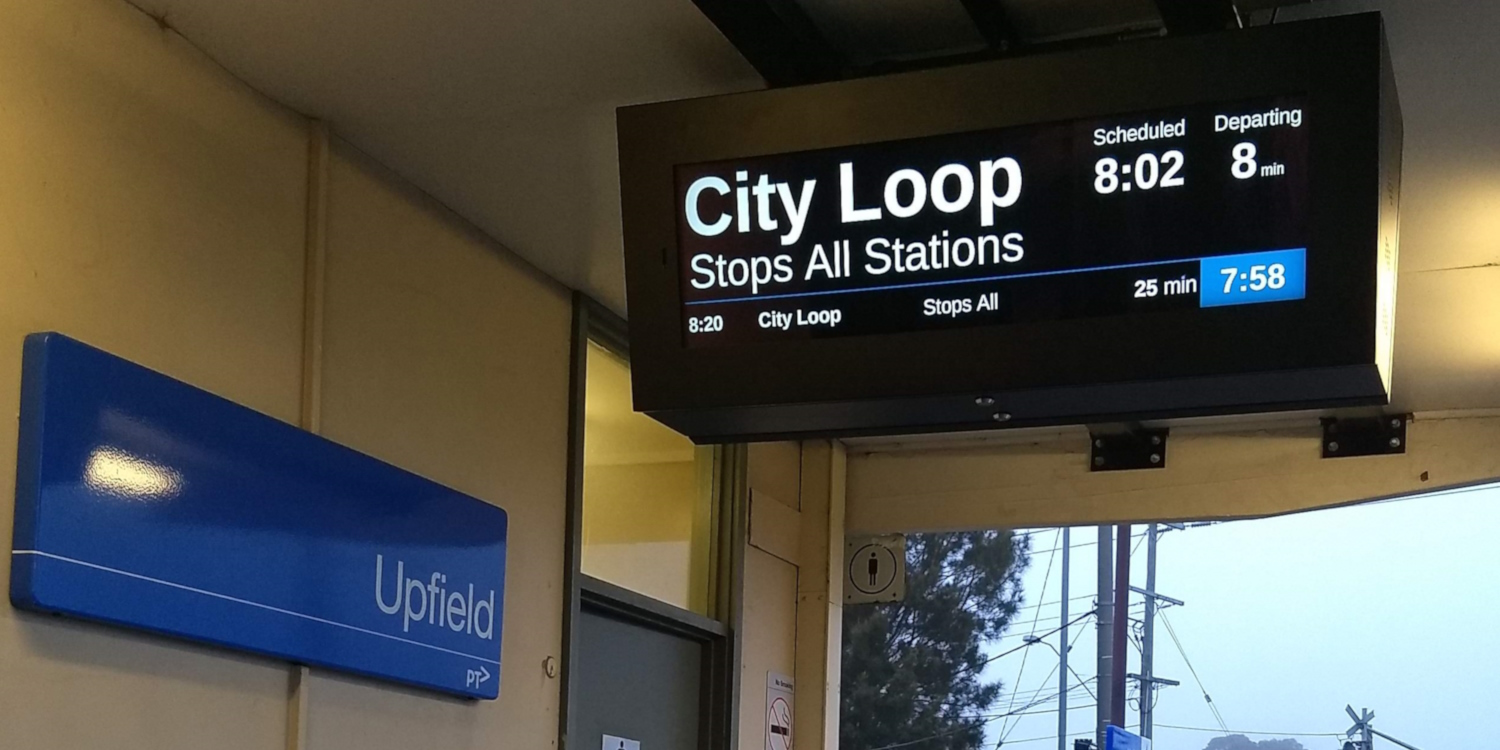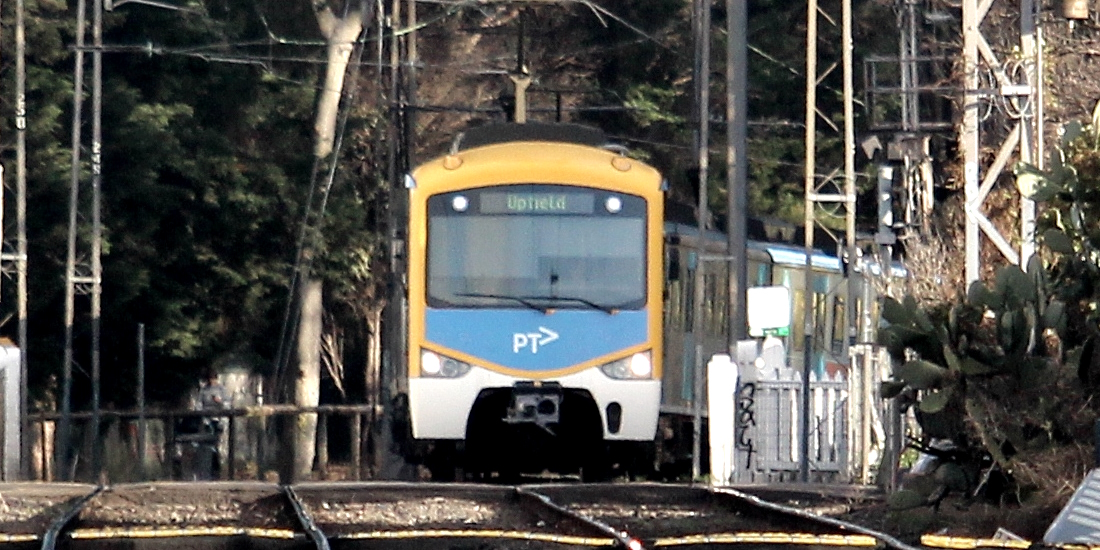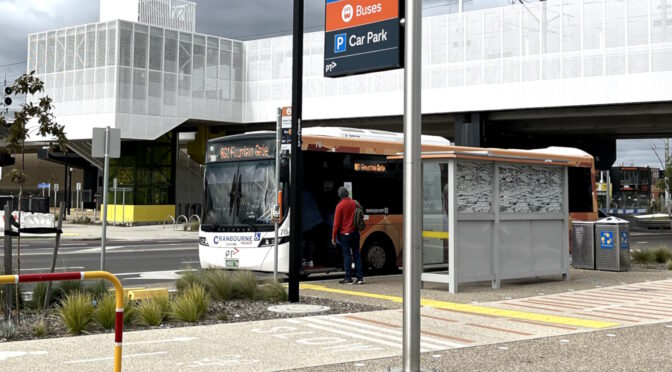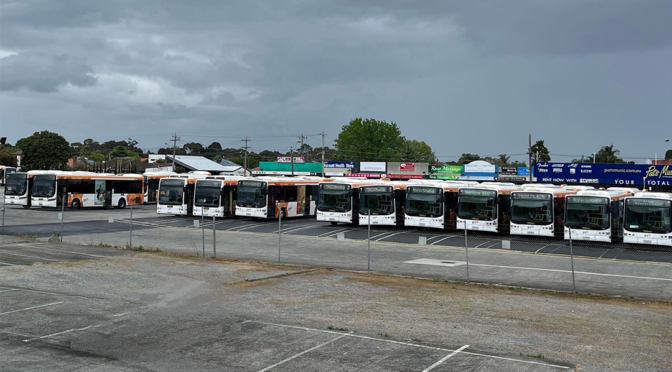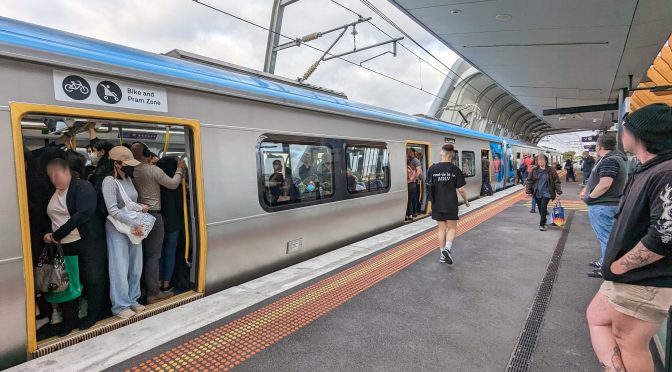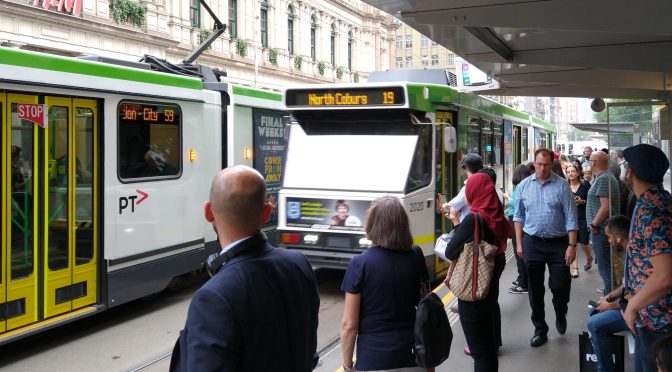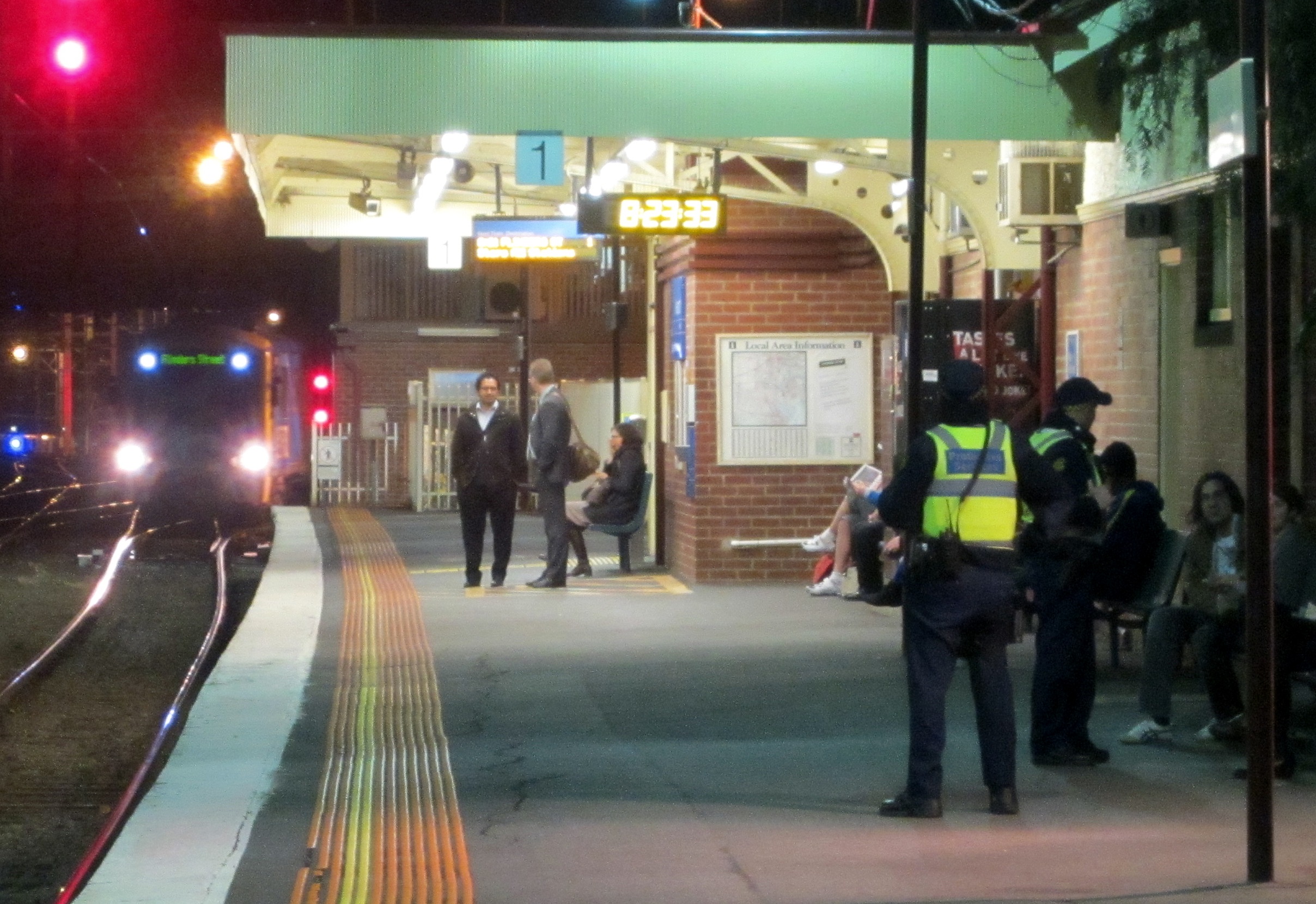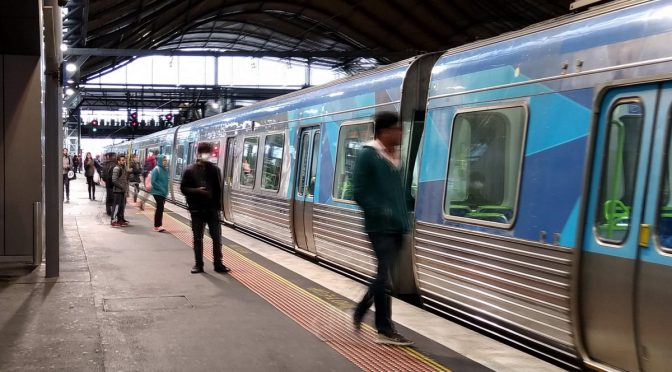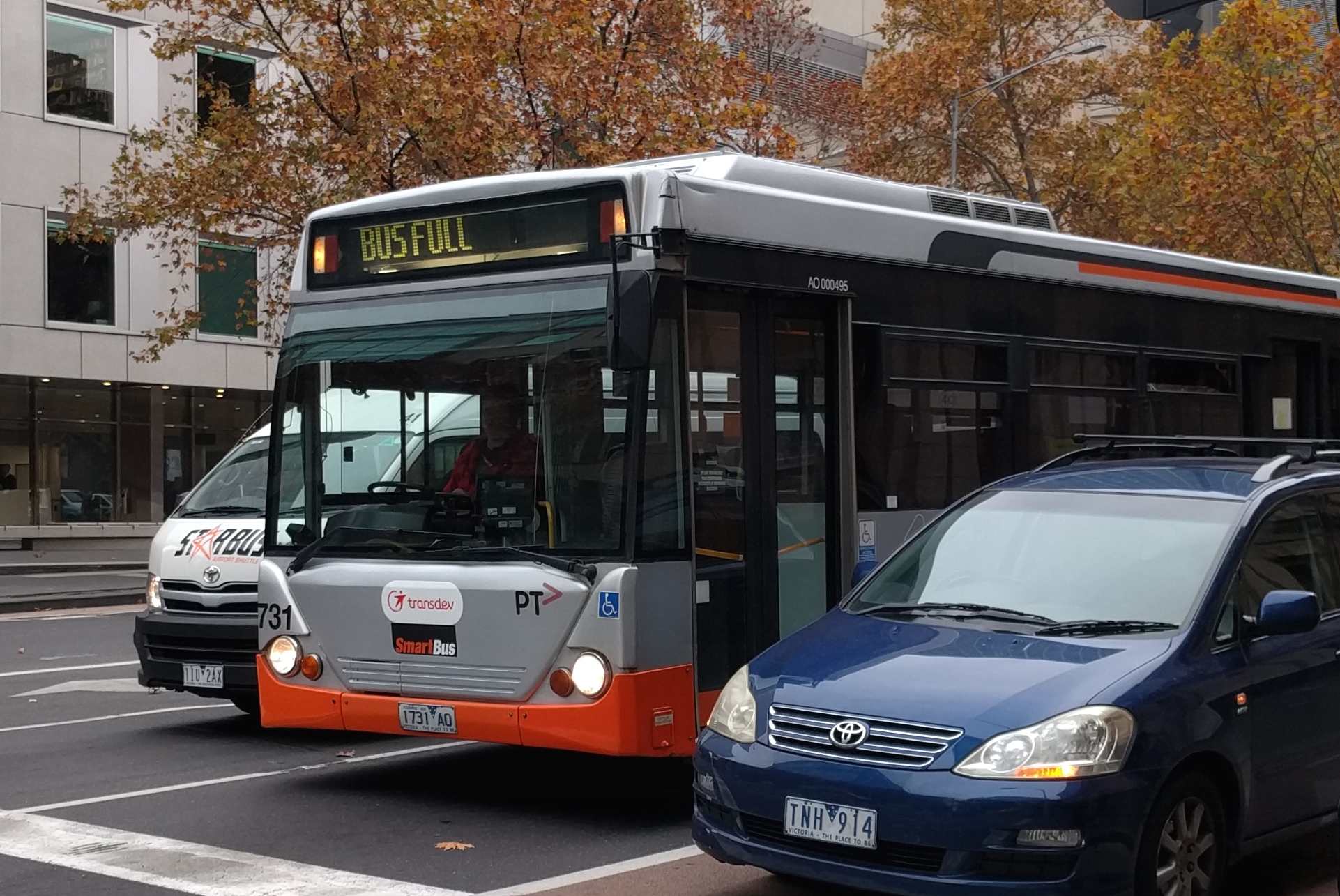Category: Melbourne and suburbs
-
Train service upgrades applauded
The Public Transport Users Association (PTUA) has praised a State Government commitment to increased train services across the network. Waiting times for trains are set to be slashed on the Sandringham, Craigieburn, Upfield and Gippsland lines, with more peak services on the Werribee and Seymour lines, and more capacity on the Bendigo line – on…
-
Letter to The Age: Hostility to rail projects
Back in 2008, we were optimistic. It looked like Infrastructure Australia might break the long-standing hostility to rail projects on the part of state and federal bureaucracies, and their obsession with motorways, despite none ever fulfilling their congestion-busting promises. Unfortunately, it has reverted to form. We can agree the Suburban Rail Link business case lacks…
-
PTUA reviews buses to activity centres – timetables found lacking
With the State Government seeking to develop more housing in established suburbs, high quality public transport will be key to ensuring that new residents get around without having to drive. While some destinations are served by the rail network, many trips must be taken by bus, to nearby suburbs or other areas not served by…
-
Scrapped projects undermine Metro Tunnel benefits
The Public Transport Users Association (PTUA) expresses profound disappointment over the Victorian Government’s decision to cancel several modest yet impactful improvements to the state’s train and tram networks[1]. These projects, while relatively inexpensive, held the potential to significantly enhance passenger journeys and strengthen the functionality of Victoria’s public transport system. Among the scrapped initiatives is…
-
If govt is serious about optimising the Upfield line, they must duplicate
The Public Transport Users Association (PTUA) has called for the State Government to duplicate the Upfield line during the forthcoming Brunswick level crossing removal project. PTUA spokesperson Daniel Bowen said that while crossing removal and new modern DDA-compliant stations would be welcome, duplication would bring the biggest benefits for train users. “Given the close proximity…
-
Bus proposals welcomed
The Public Transport Users Association (PTUA) has welcomed Infrastructure Victoria’s paper on fixing Melbourne’s bus network. PTUA spokesperson Daniel Bowen said that IV’s recommendations to the government were to be applauded. “For many Melburnians, their only local public transport is buses. But the bus network is poorly funded, poorly planned, and poorly implemented. With indirect…
-
Mulgrave is closed on weekends unless you have a car — PTUA calls for 7-day bus services
The Public Transport Users Association (PTUA) is calling on all Mulgrave by-election candidates to champion 7-day bus services on crucial routes within the electorate. Key Mulgrave bus routes 800, 802, 804, 814 and 885 do not operate on Sundays despite providing residents in the electorate a connection to destinations such as Chadstone, Monash University, Dandenong,…
-
Dandenong line frequency cuts cause turmoil
The PTUA is alarmed about cuts in the frequency of trains on Melbourne’s busiest rail lines, only days after the completion of works which were supposed to improve services. Having endured the closure of the Cranbourne and Pakenham lines for almost a month to allow the installation of new rail equipment, passengers have had their…
-
COVID-19 smashes the life from cities, which is why we must smash COVID-19
by Tony Morton As COVID-19’s second waves wash over our technologically advanced civilisation, so follows the commentary on what this pandemic means for cities and for daily life in the future. Public transport sits at the heart of the discourse, and for good reason. In normal times, public transport sustains the life of the world’s…
-
PTUA concerned on curfew cuts
Trams and trains on a Saturday timetable every day would be a far better outcome for passengers compared to the situation we have now.
-
PTUA welcomes additional services
The Public Transport Users Association (PTUA) has applauded the additional train and tram services announced on Friday by the Victorian Government. “These changes are very welcome”, said PTUA spokesperson Daniel Bowen. “Train service frequencies drop off outside peak hours, resulting in long wait times and – under normal circumstances – crowding. “We have been concerned…
-
Transport for Everyone: Post COVID-19 Recovery – New vision for buses
(Media release from Transport For Everyone) Key transport professionals have jointly written to the Victorian Premier urging the Government’s Building Victoria’s Recovery Taskforce to focus on upgrading bus services and active transport through a 5-point plan to improve mobility for Melbourne and build jobs as part of recovery from COVID-19. The 5-point plan seeks a…
